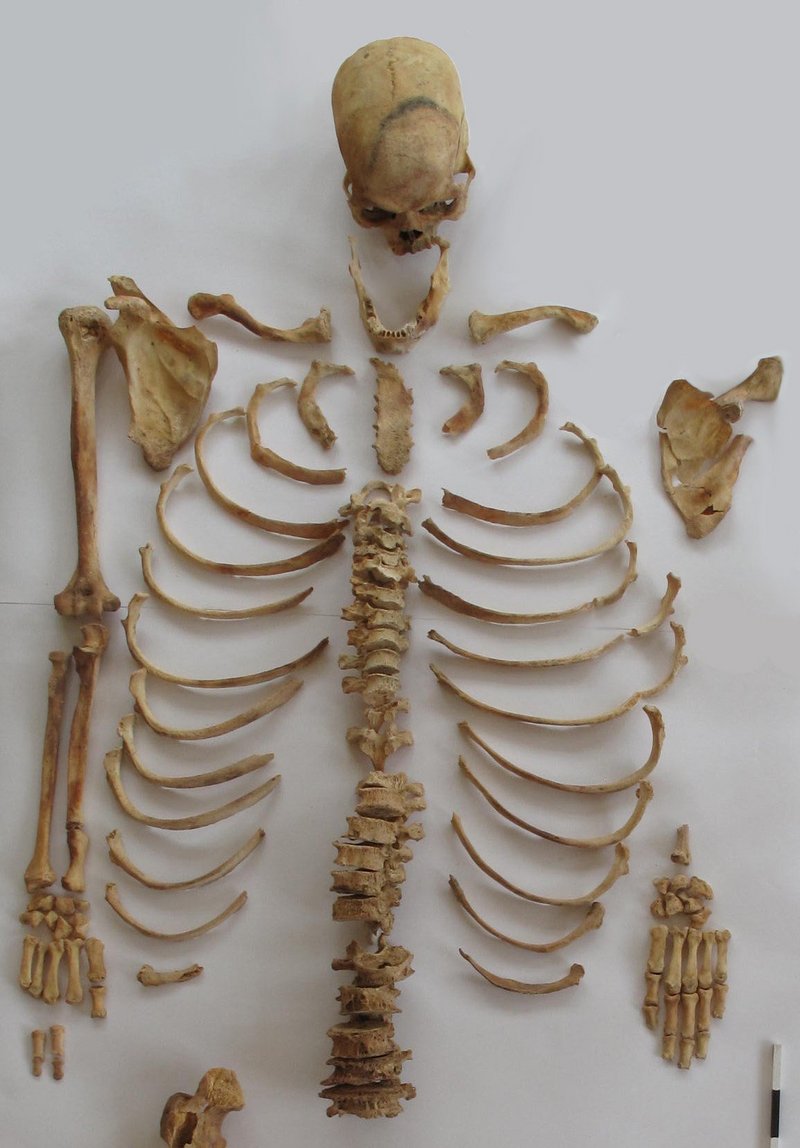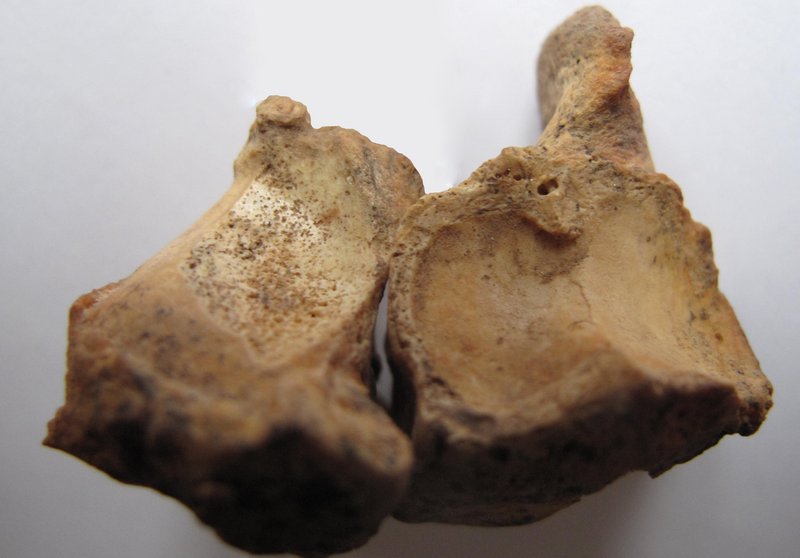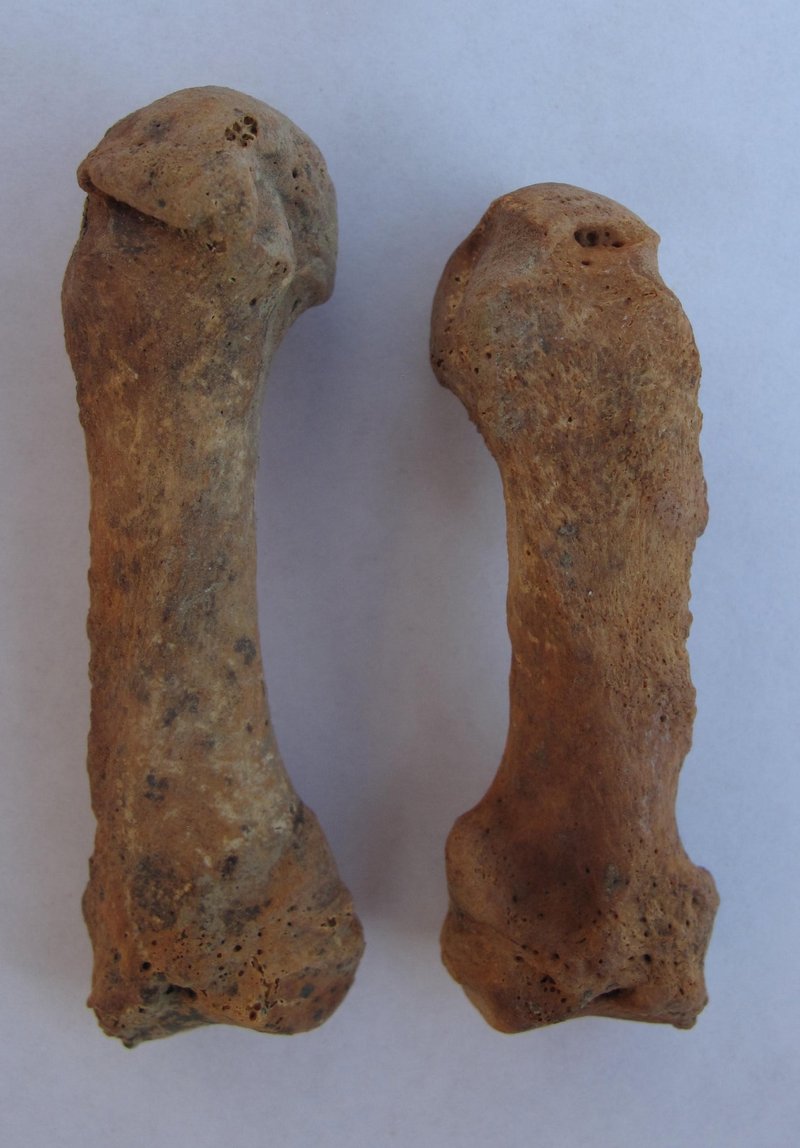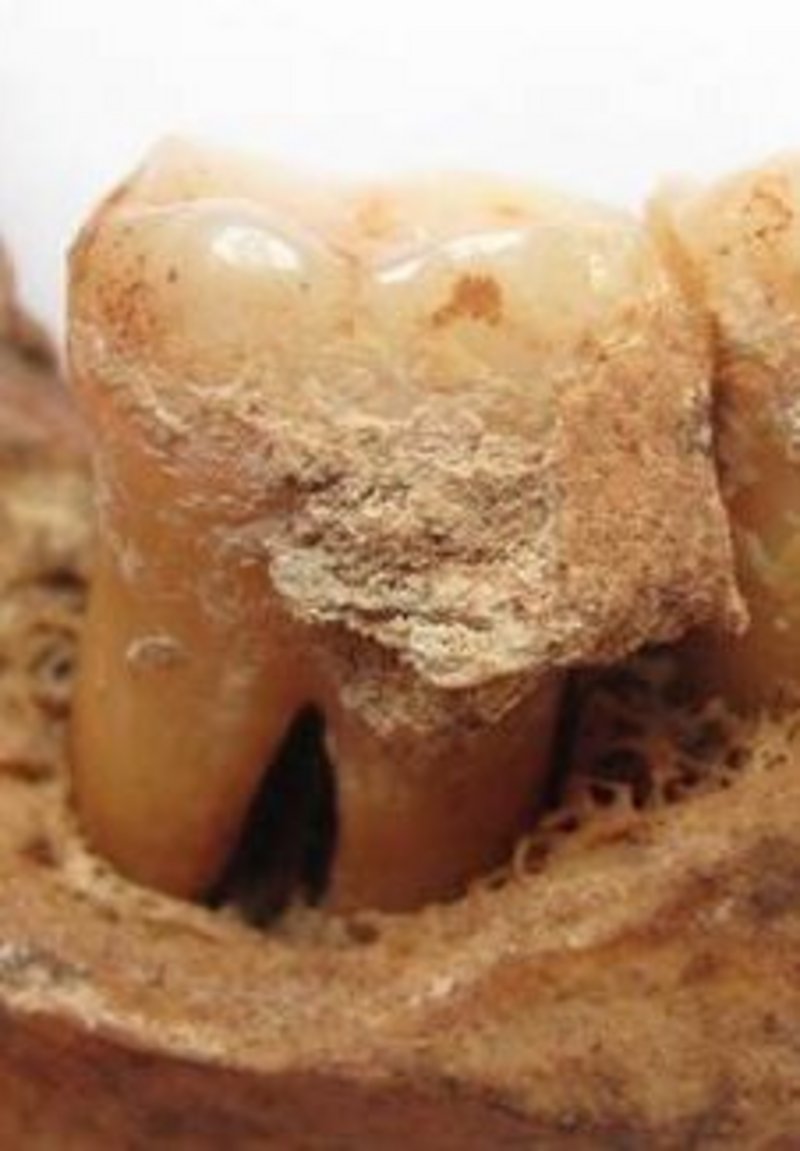Überblick
Already in the late 19th century, Rudolf Virchow was interested in the prehistoric and historic populations of the Caucasus and conducted first anthropological research. Since then, many interesting anthropological studies have been undertaken in this area, mainly focusing on craniometric research, although other osteological and paleopathological investigations were also carried out, predominately on material from the Middle Ages. Osteological and paleopathological projects on large assemblages of skeletons from the Bronze Age, however, are missing so far. Our project aims to evaluate recorded anthropological and paleopathological data in the context of isotopic, genetic, and archaeological data. With this interdisciplinary approach, we want to gain insights into the life of people living in the Bronze Age (4000-1200 BC) in the Northern Caucasus considering as many aspects as possible.
Within the last 15 years a large number of skeletons from many burial mounds in the region of Stavropol have been excavated by the Russian heritage organization Ltd. ´Nasledie´. A selection of skeletons from different Bronze Age periods and from several geographical regions have formed the foundations of the research. Our team of Anthropologists started working in 2011 using the large anthropological collections kept in Stavropl’ and Novopavlovsk. Since then a great deal of information has been collected, some of which has already been published. This data, mostly composed of case-studies, has to be consolidated by further research, e.g. with a larger skeletal sample and by applying additional methods.
